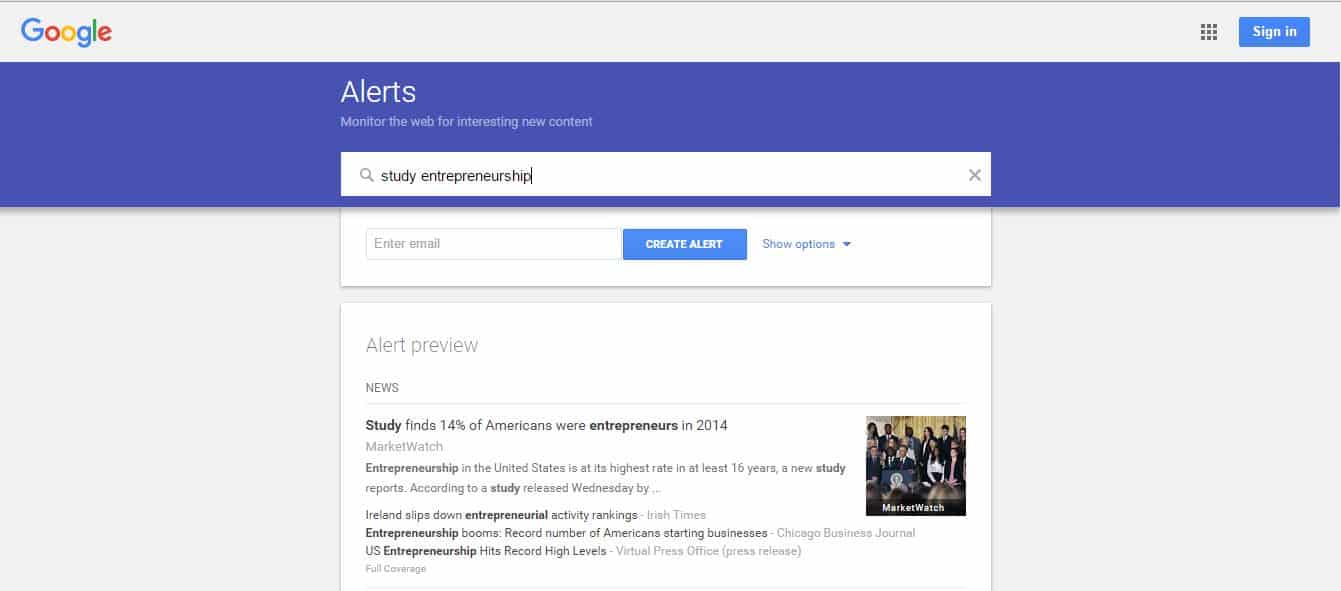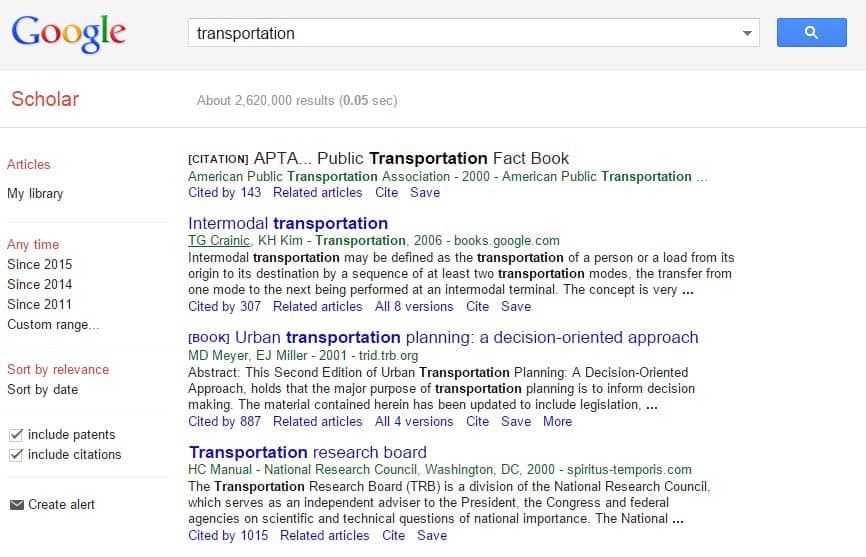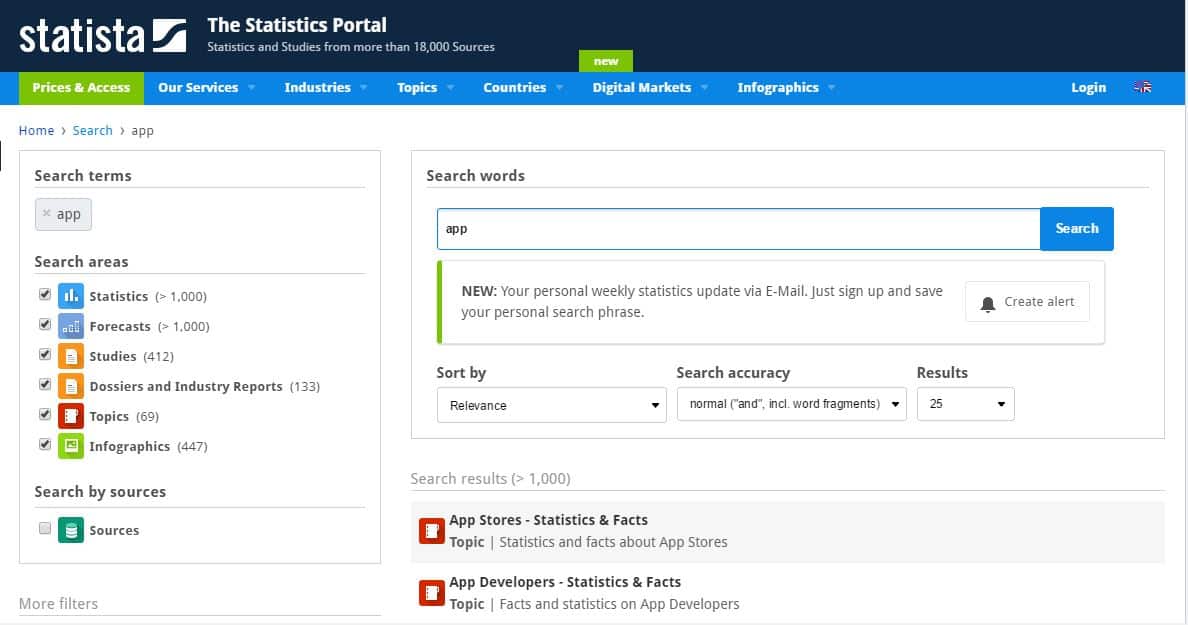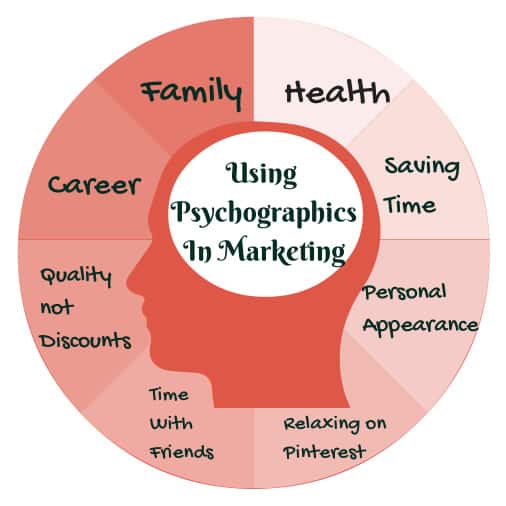
When you decided to set up your own company in Singapore, have you ever wondered how many businesses you are competing with? How about your tax responsibilities? If you’re a foreign company looking forward to registering a branch office in Singapore, was it just the vibrant economic sky that lured you? Have you shaken hands with your ideal customers? Do you have a reliable management team in the country?
For entrepreneurs, the amount of responsibilities can be overpowering. You should not let these dry up your engine. The most successful entrepreneurs know how to keep their eyes on the prize.
If you think about it, entrepreneurship is like driving.
Learning how to become a driver—with information and training platforms more accessible today—is easy. But being on the road by yourself is another thing.
You may have a great car—your product or service—but do you know where to go? How will you drive smart so you can maximize your time and resources? If you face a hundred thoroughfares every day, how will you know which to take?
You need a roadmap.
As an entrepreneur, if you want to arrive at your destination with fewer crossroads and more results, you need to create an effective business plan. Investopedia defines a business plan as “a written document that describes in detail how a new business is going to achieve its goals. A business plan will lay out a written plan from a marketing, financial and operational viewpoint.”
Again, it should drive results.
But how can a simple written document do that?
Here are 17 tips to remember if you want a business plan that actually works:
1. Do it now.
Instead of asking if you need a business plan, write one now.
Whether you’re a startup, a middle-stage enterprise, or a business seeking growth opportunities—like a global expansion, you need a business plan. Aside from being a fund-raising tool, a business plan is for entrepreneurs who want to monitor their progress, identify their weaknesses and potentials, attract the right kind of employees and partners, and map out their business’ fate.
2. Create a guide first.
You can develop an outline that will serve as your guide and do research. List down the umbrella sections first before you state the subtopics and write the rest of the content. Here’s an example:
III. Marketing and Sales
– Products
– Target groups / audience
– Pricing
– Activities:
> Sales forecasts
> Trade Shows
> TV Advertisement
– Discounts
– Budget
3. Avoid empty grandiosity.
Save time and avoid discords or legal battles in the future with either your investors or customers by sticking to the facts. Avoid pretensions and purple prose. Remove unsubstantiated claims. Don’t fire up rumors about your rivals. Instead, use industry statistics, case studies, and surveys. Check the publications that cover your industry. Stalk key influencers—where do they hang out and what are they talking about now?
If you’re a busy entrepreneur who has no time to go to the local library or hold a year-long research project, use the web wisely to gather credible information:
a.) Go to Google Alerts to search for information that can back up your statements and make sure they go to your inbox.
b.) Or try Google Scholar for studies related to your topic
c.) Statistica is also a great tool for gathering data based on statistics. For example, if your product is an app, type in “app” on their website and it will automatically generate more than 1,000 results:
4. Who’s your reader?
Are you going to write your business plan to feel good about yourself and the product or service you’ve created?
Are you going to write it to impress anyone who will read it or to justify your decision to start a business?
Well, save that for your memoir.
An effective business plan that answers the questions of the people whom you expect to make your business sustainable and successful in the long run—your customers, your partners, your future market. Place yourself in their shoes: If someone is handing you a business proposal, what will be your major questions and doubts? List them down. Then, understand what and how you want the other party to address them. What will make you say “ok, this is exciting and worth trying!”
5. Write a “painful” executive summary.
Some entrepreneurs tend to view an executive summary as simply an overview of the contents of the business plan. Don’t waste the page: The executive summary is the reader’s first experience of your business plan so give them a good reason to read your entire document. State the problem, struggle, or pain you are actually dissecting and solving throughout your business plan. Inc. Editor Geoffrey James says an executive summary should emphasize why a decision is needed by detailing the problem that is backed up by quantifiable measurements. Numbers can make your executive summary painful (business losses or a number of people switching to new products) and encourage actions (increase profitability by X% or add X subscribers to the website).
6. Color your company description with credibility.
Here’s your chance to properly introduce your business and convince the readers of your business plan to trust you. Under Company Description, you may discuss:
√ The objectives of your business according to market needs and industry outlook
√ Your competitive advantage
√ Your products and services
√ Legal status of your business
For established businesses: history of sales or profit, systems in place, and major accomplishments
7. Compare.
There is a self-help passage online stating that you shouldn’t compare your beginnings to someone else’s middle. That’s not quite true when you are an entrepreneur who is trying to position your product in the market. As part of your competitive analysis, you need to spot the strengths and weaknesses of your rival companies so you know how to package and improve your solution.
8. Lay down a specific financial plan.
Be straightforward: state where and how you will use the funds you need. What are your capital requirements? What are your cash-flow projections and possible costs in the future? For more established businesses, be open about your profitability, debt, and liquidity. What are the other factors you can use to support this section to help financiers decide in your favor?
9. Marketing 101: no analysis, no strategy.
There are different ways to market your new business in Singapore, but the challenge is in identifying which of those strategies can give you high-quality leads. The actionable step is to test your product or service first, familiarize yourself with the needs and preferences of your market, and uncover the reasons why they would be interested in your product or service.
10. Be transparent.
Walk your readers through your product development process. What is the inspiration behind it? How did you design it? Did you use a prototype? Are there similar products or services already existing in the market? Why does your product have a potential to capture a market? What is your development budget? Giving your readers a clear picture of the roots and routes of your system can help you gain their trust and understand the rationale of your proposal.
11. Your business plan is like an opera.
Like an opera, your business operations require harmony, a system, and the right instruments. The operations plan of your business is about how the people and processes run. This section in the business plan states the responsibilities of your team members, inventory, facilities, expenses, policies, and other areas related to logistics.
12. Use real data to define your ideal customer.
Talk about your target market on your business plan as if you’ve already met them in person. Create the customer profile by identifying your target customers’ demographics and psychographics. HubSpot states that demographics shows “who” your buyer is, while psychographics illustrate “why” they buy:
13. How competent is your team?
The management team section of your business plan should convince your readers or partners that behind a company are hardworking and honest people. So invest in hiring the best talents for your core business.
Instead of simply mentioning their names and background, describe the quality of their experiences, educational achievements, and skills. Instead of stating their responsibilities, spell them out with your desired results and their roles in the company’s mission. Lastly, what are their salary levels? You may also include the types of incentive systems and other engagement programs you plan to execute in the future.
14. Keep your business plan simple but not relaxed.
Having a simple business plan—meaning shorter pages and no verbose—makes it easier to read for potential partners. Tim Berry, entrepreneur, business planner and angel investor, explains it well: Don’t confuse simple wording and formats with simple thinking. The reason you’re keeping it simple isn’t because you haven’t developed your idea fully. You’re keeping it simple so you can get your point across quickly and easily to whoever’s reading it.
15. Establish Plans B and C early on.
Your partners know that a business plan is not similar to a fairytale.
You are likely to encounter crappy entrepreneurial situations in setting up a business in Singapore, from preparing your regulatory requirements to marketing your products or services to inadequate financing. What is your damage control plan? What types of technologies, systems, or resources are you going to use? What is your protocol?
16. Ask others to review your plan.
It’s okay to ask your family members, relatives, or friends who do not have a background in business to read and comment on your business plan. Why? They are likely part of your target market or know someone from your target market. You also have the option to ask professional advice from experts or business consultants.
17. Tell your story.
Remember that investors are also humans. Sometimes, numbers can say a lot about success but how will investors know you’re not going to panic if the numbers start fading? Your readers would like to know: what drives you? What made you decide to put up your business or expand your operations? Why does the product or service matter to you?
Berry, in his article, gave great tips on how to incorporate stories into your business plan: “As you imagine what those stories are, break them down into meaningful, trackable parts. Set tasks associated with those stories, assign tasks to people and give them dates. Think about your long-term objectives story. Are you looking for wealth and fame, or to do what you like? What does success look like to you? Is it getting financed and making millions, or taking off at 4 p.m. to coach your kids’ soccer team?”
Bonus:
18. Come up with another business plan.
This advice came from Chavaz K., entrepreneurial consultant and CEO of AYF Consulting Corp. He said that you can develop two business plans, one for investors and one as your personal guiding map. The latter is for private use and not shared with anyone. This special business plan may contain the details and strategies on how you will actually make the other business work. You can also record lapses and lessons along the way. This way, you can trace where you are on your roadmap and if you’re ready to take longer, more challenging roads ahead.
Ready to start your business in Singapore?
Richmond provides expert corporate solutions from Singapore company registration to corporate secretarial support to tax and accounting services. Let us assist you in your entrepreneurial journey.






